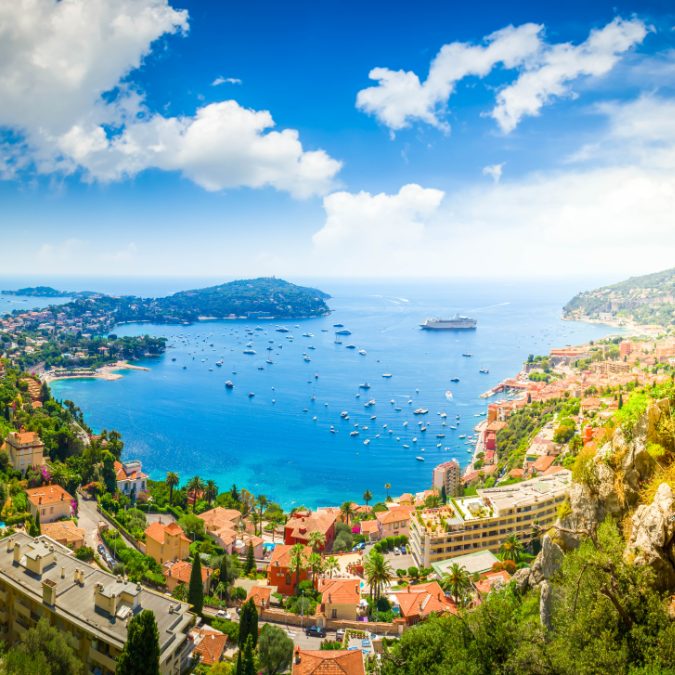How Much Does It Cost Living In Italy | Moving Guide
Have you ever thought about living in Italy?

Moving to Italy, the land of pasta, art, and la dolce vita, is a dream for many. Whether you’re enticed by the historic charm of small towns, the vibrant culture of big cities, or the tranquil lifestyle in rural areas, the prospect of calling Italy home is undoubtedly exciting.
However, before you embark on this adventure, understanding the costs involved is crucial. In this comprehensive guide, we’ll explore the various factors that contribute to the overall expense of relocating to Italy.
Rough Outline for living in italy
The cost of living in Italy can vary based on factors such as location, lifestyle, and personal spending habits. On average, a rough estimate for a single person’s monthly expenses in Italy could range from $1,500 to $2,500 USD. This would cover rent (which can vary significantly depending on the city or town), food, transportation, utilities, and other miscellaneous expenses.
Living in larger cities, especially tourist hotspots, tends to be more expensive than in smaller towns or rural areas. Additionally, personal choices such as dining out frequently or engaging in cultural activities can impact overall living costs.
It’s essential to consider your specific circumstances and preferences when estimating living expenses. Researching costs in the specific region you plan to live in and creating a detailed budget based on your lifestyle will provide a more accurate estimate for your individual situation.
The First Step: Residence Permits and Visas
Securing a residence permit is a crucial first step for non-EU citizens moving to Italy. The associated costs vary based on your status and the type of visa you’re applying for, whether it’s a work visa, self-employment visa, or a stay permit (permesso di soggiorno). While there are fees involved, investing in professional assistance is highly recommended. Navigating the bureaucratic process is complex, and experts can streamline it, making the initial investment worthwhile.
Professional guidance not only ensures accurate documentation but also provides insights into the best visa options and potential challenges. In summary, seeking professional assistance is a strategic move, simplifying the process and paving the way for a smoother transition to your new life in Italy.
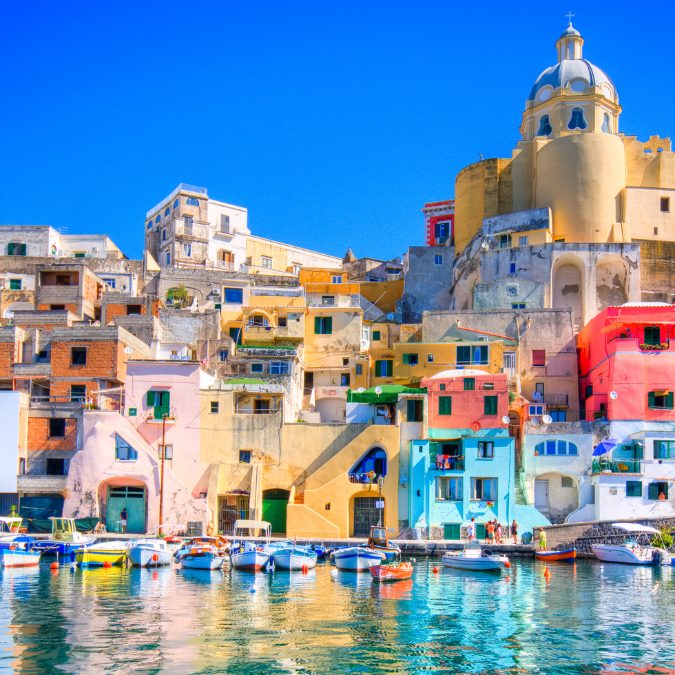
Setting the Stage: Best Places to Call Home
Italy beckons with a spectrum of living environments, from bustling city centers to tranquil rural areas. The cost of living varies significantly across regions; major cities like Rome, Milan, and Florence tend to have higher expenses compared to smaller towns or the southern regions. Researching and identifying places aligning with your preferences and budget is crucial for a smooth transition.
Consider factors like housing, utilities, and amenities to make informed decisions. Italy’s diverse options ensure you find the perfect blend of lifestyle and affordability, whether in a major city or a charming smaller town.
Housing: Monthly Rent and Property Prices living in italy
Accommodation expenses significantly impact your budget, encompassing not only variable monthly rents influenced by location but also fluctuating property prices. In Italy, urban centers generally incur higher costs compared to southern regions.
Additionally, private insurance and property taxes contribute to overall housing expenditures. Beyond rent, these factors highlight the intricate financial landscape of housing. When budgeting or considering a move, it’s crucial to account for these nuances to make well-informed decisions about your living arrangements.

Schooling: Education for Expatriates
When planning your finances, it becomes imperative to consider education costs, particularly if you have children. The landscape of educational choices for expatriates introduces a significant dimension to budgeting, with international schools being a preferred option. However, it’s essential to note that these schools typically entail tuition fees, which can vary widely depending on the institution’s reputation and facilities.
Alternatively, public schools offer a more budget-friendly option, but they may come with their own set of challenges. Language barriers can be a significant concern, especially for non-Italian-speaking children. Navigating the academic environment and social interactions in a language different from their primary one might pose difficulties, impacting the overall educational experience.
In light of these considerations, parents must carefully weigh the pros and cons of each education option, taking into account not only the financial aspect but also the potential impact on their children’s educational journey. Striking a balance between quality education and financial feasibility is essential for a well-rounded approach to managing the educational expenses associated with raising a family in a new and possibly foreign setting.
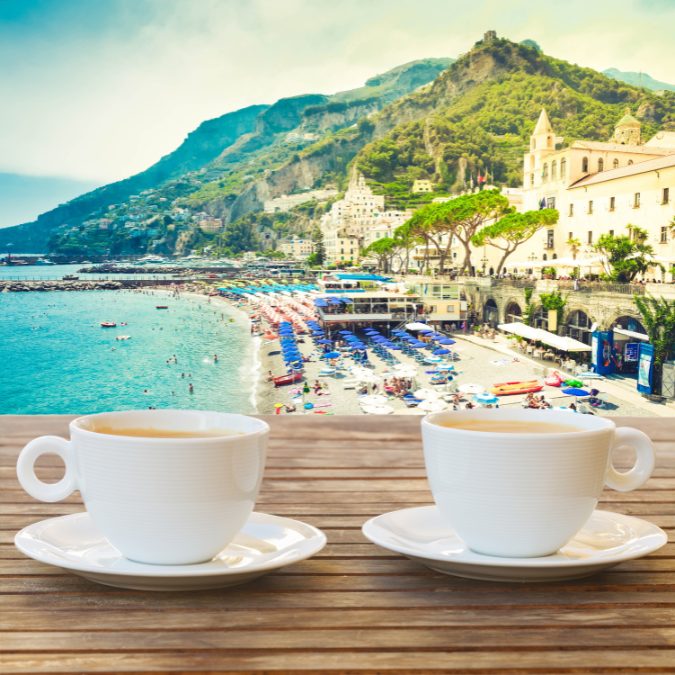
Daily Life living in italy: Living Expenses and Transportation
Daily living expenses in Italy, encompassing food, utilities, and transportation, exhibit significant variations. In metropolitan areas, the efficient and cost-effective public transportation system provides a convenient alternative, minimizing expenses associated with car ownership. However, in rural areas, owning a car may become a necessity, impacting monthly budgets with considerations for fuel, maintenance, insurance, and potential loan payments.
Balancing the benefits of urban public transit with the practicality of private vehicle ownership is crucial for informed budgeting, allowing individuals to adapt to their chosen living environment while maintaining financial resilience.
Health Care: Private Insurance and Public Services
Italy’s public healthcare system is well-regarded for its quality, but many expatriates opt for private insurance to supplement services and gain faster access to medical facilities. Private insurance, offering coverage for additional services and expedited healthcare access, is chosen for its comprehensive benefits. When securing private insurance, it’s crucial to include family members in the coverage, contributing to overall expenses.
This dual approach to healthcare, combining public and private options, allows expatriates to tailor their coverage, emphasizing a balanced and customizable approach to ensure the well-being of both individuals and their families.
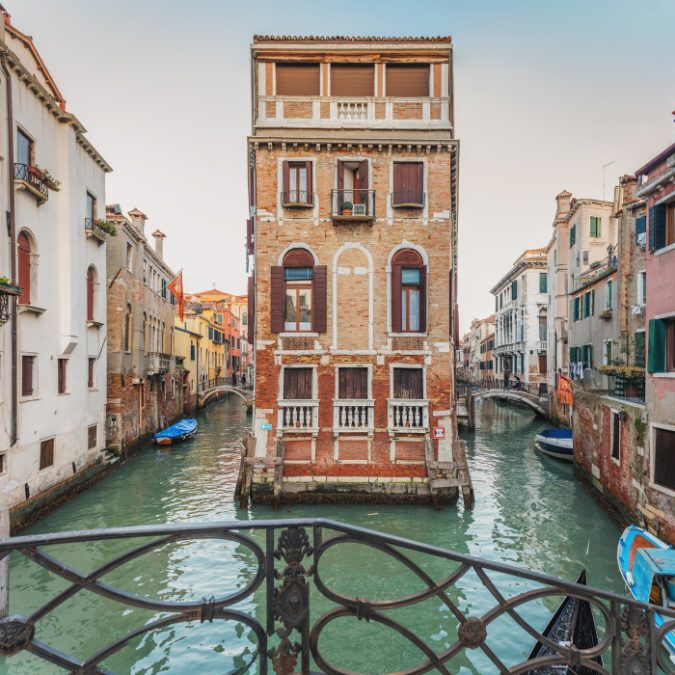
Cultural Indulgences: Quality of Life and Leisure
Italy’s cultural abundance provides ample opportunities for exploration. Allocating a budget for leisure activities, dining out, and immersing in local culture is essential for making the most of your time in the country. From festivals and events to culinary delights, budgeting for these experiences enhances your understanding of Italy’s identity and fosters connections within the community.
Setting aside funds for dining allows you to indulge in the diverse offerings of Italian cuisine, creating memorable experiences and embracing the convivial atmosphere that defines Italian dining. Incorporating a leisure budget ensures a balanced and fulfilling expatriate experience, navigating the richness of Italy’s cultural tapestry with ease.
The Big Move: Shipping Costs and Miscellaneous Expenses
Choosing between air and sea freight significantly impacts moving costs when relocating internationally. While air freight offers speed, it comes at a higher price, making sea freight a more economical option for bulkier items.
Hiring an international moving company is a smart investment, especially for fragile and delicate belongings, ensuring a smooth and secure transition. Additional costs may include obtaining a codice fiscale (tax code) and providing proof of employment, necessitating careful budgeting for a seamless move to Italy.
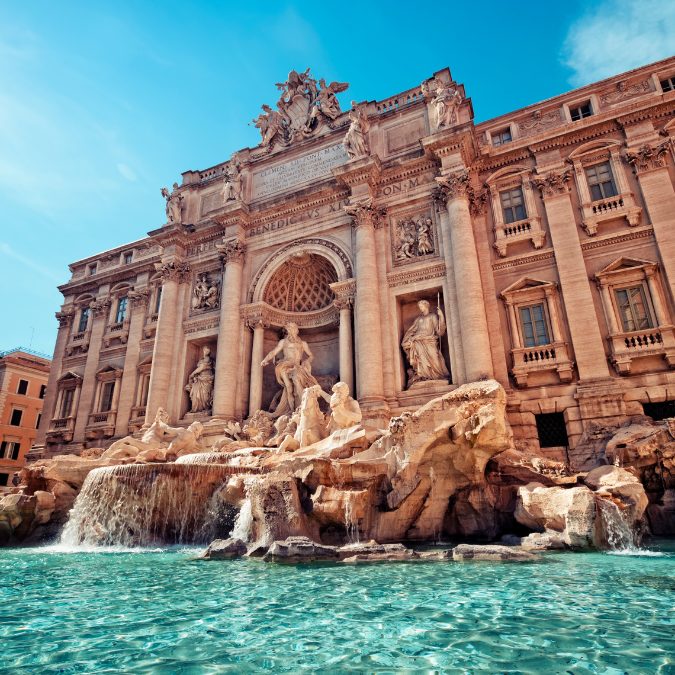
Financial Considerations: Bank Accounts and Monthly Budgets
Opening a local bank account in a new country, like Italy, is crucial for efficient financial management. Establishing a monthly budget is equally vital, considering your income, living expenses, and savings goals.
This budgeting approach provides a clear overview of your financial situation, allowing you to make informed spending decisions, live within your means, and work towards long-term financial objectives. Together, these steps form a solid foundation for financial stability and adaptability in your new environment.
FAQ
1. What’s the best way to move to Italy from the United States, especially if I prefer a small town over a big city?
Moving to a small town in Italy can be a great idea for a more immersive experience in Italian culture. Consider hiring professional help, and research the best cities that align with your preferences.
2. What are the first things I need to consider before moving to Italy?
First and foremost, check if you need a work permit as a non-EU citizen. Additionally, inquire about obtaining a nulla osta (authorization) and any required visas. Contact the Italian consulate for detailed information.
3. How can I estimate the total cost of the move?
The total cost varies based on factors like shipping household goods, obtaining necessary permits, and settling into your new home. Research average rent prices, food prices, and local expenses in your chosen Italian city.
4. Is it a good idea to have private health insurance when moving to Italy?
Yes, it’s a good idea. While Italy has a public healthcare system, private health insurance ensures easy access to medical facilities, especially in larger cities where there may be more options.
5. Are there great ways to experience Italian culture during my stay?
Absolutely! Explore local cheese and fresh produce markets, visit tourist attractions, and engage with the community. Joining local events and immersing yourself in the Italian way of life can make your stay more enjoyable.
6. What is the average cost of living in Italian cities?
The cost of living varies, with larger cities generally being more expensive. Research average rent prices, food costs, and transportation expenses to estimate your monthly budget.

7. How much money should I budget for living in Italy?
It depends on your lifestyle and location. Consider shipping costs, initial setup expenses, and the cost of living in your chosen city. Budget for unexpected expenses as well.
8. What’s the best method of shipping household items to Italy?
Choosing between air and sea freight depends on your needs. Hiring an international mover for fragile items is recommended for a smooth transition.
9. Can I work in Italy as a US citizen?
Yes, but you may need a work permit. Check the types of visas available and the requirements for your specific situation.
10. How do I secure an Italian citizenship in the long term?
Gaining Italian citizenship involves meeting certain criteria, including residency requirements. Research the process and consult the Italian government for accurate information.
11. Is it a good time to invest in property for passive income in Italy?
Italy has beautiful places, and investing in property can be a good idea for passive income. Research square meter prices in various locations to find the best cities for investment.
12. What are the most expensive cities in Italy, and how do they compare to major US cities?
Northern Italy generally has higher costs. Compare living expenses with major US cities to gauge the financial differences.
13. What about food prices and the availability of fresh produce in Italy?
Food prices vary, and fresh produce is readily available, especially in local markets. Enjoy the culinary delights and the abundance of fresh ingredients.
14. Are there specific considerations for a single person moving to Italy?
A small apartment and a budget tailored to your needs are advisable. Research average rent prices and living costs for a single-person lifestyle.
15. What types of visas are available for US citizens moving to Italy?
Explore different types of visas, such as work visas or visas for family reunification, and choose the one that suits your situation.
Wrapping Up: Making Italy Your New Home
In recent years, Italy has become a magnet for digital nomads and those seeking a change of pace. The allure of the ‘dolce vita’ is undeniable, and with careful planning and financial preparation, your move to Italy can be a seamless and enriching experience.
Whether you’re captivated by the vibrant energy of big cities or the tranquility of smaller towns, Italy welcomes you with open arms, offering a unique blend of history, culture, and unparalleled beauty. Buon viaggio!






